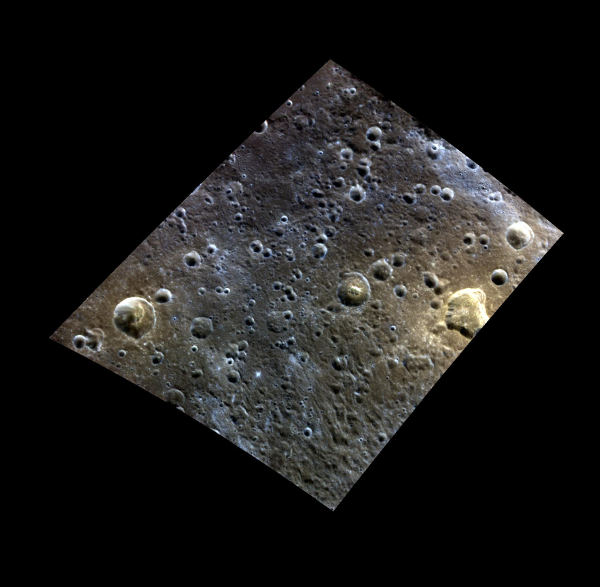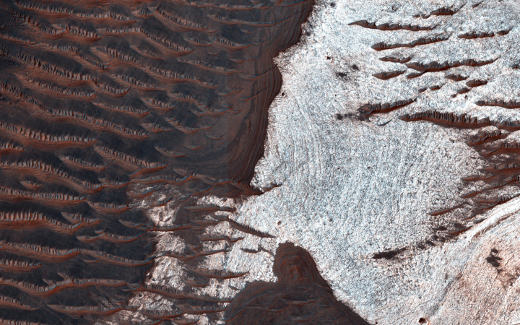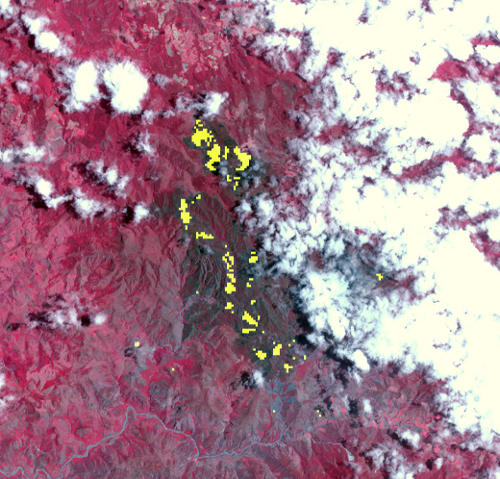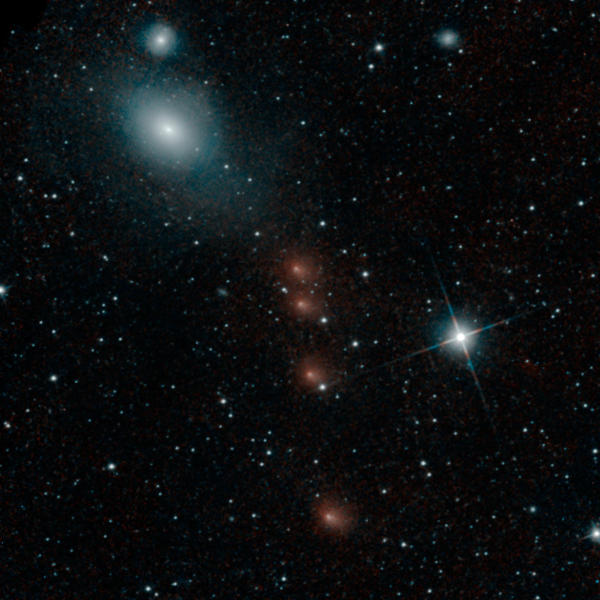
The wide angle camera on MESSENGER spacecraft’s Mercury Dual Imaging System (MDIS) took this snapshot of an area on Mercury located north of Rachmaninoff. It captured a possible volcanic vent (near the far left of the picture) and craters to the right of the volcanic vent. These type of vents on are indicative of explosive volcanism that was prevalent in Mercury’s past.



